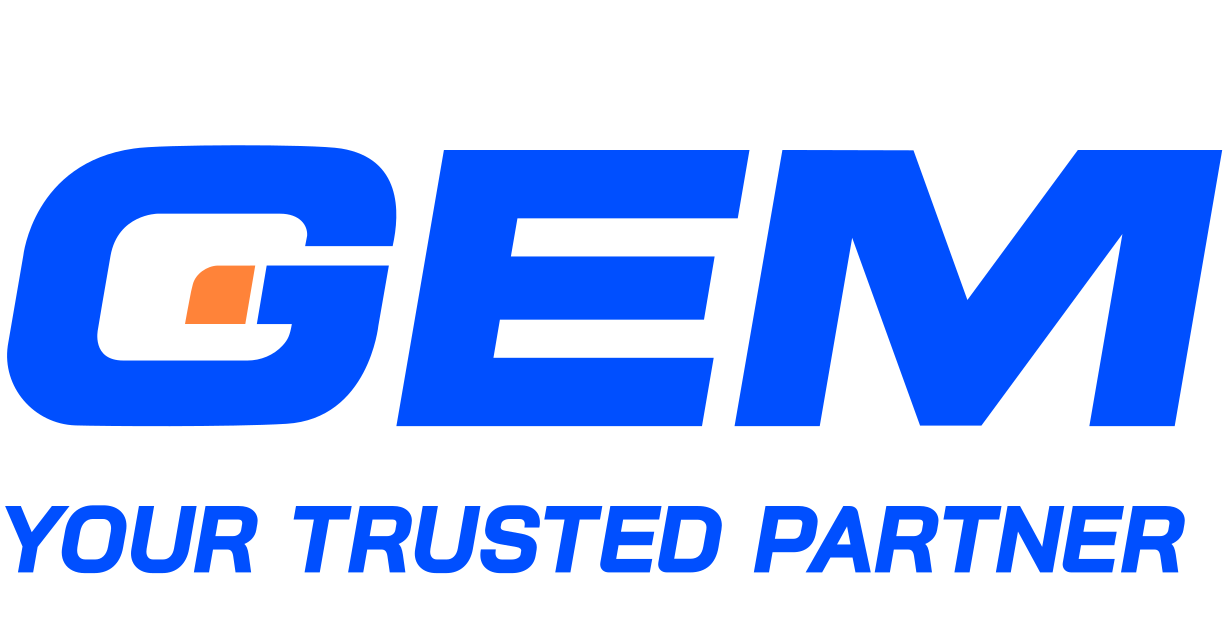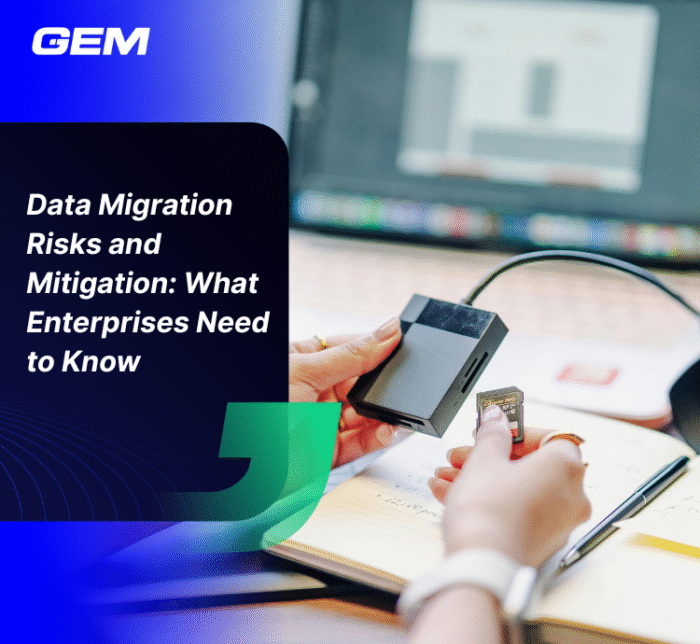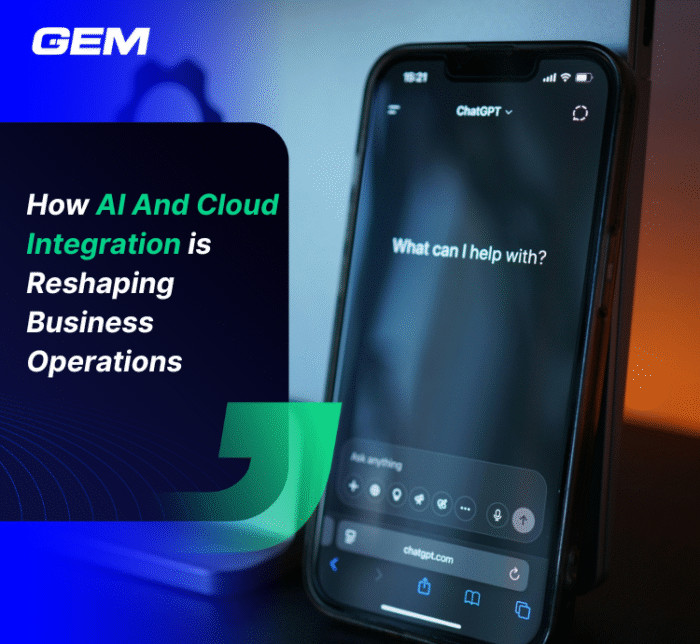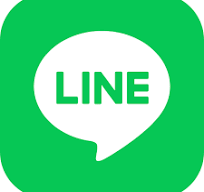Contents
- What is an HCM (Human Capital Management) Platform?
- Core Capabilities HCM Platforms
- Benefits of Integrating an HCM System into Operations
- How Leading Enterprises Approach HCM Strategy
- Top 10 Human Capital Management Platforms (HCM)
- Key Considerations When Choosing an HCM System
- Practices for Efficiently Integrating an HCM Platform
- Enterprise-Ready HCM Transformation, Delivered by GEM Corporation
- Conclusion
As organizations continue to prioritize workforce agility, demand for modern HCM platforms is expanding fast. According to Mordor Intelligence, the human capital management software market is expected to grow from USD 43.02 billion in 2025 to USD 64.91 billion by 2030. With more teams distributed, roles evolving, and compliance needs increasing, businesses are reevaluating how they manage talent at scale. In this article, we’ll cover the top 10 HCM platforms used by companies worldwide, what they offer, and how to choose the right one based on your priorities.
What is an HCM (Human Capital Management) Platform?
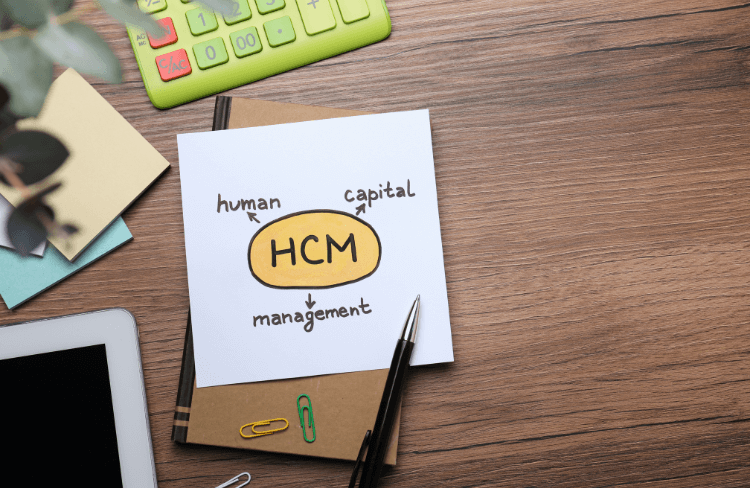
An HCM (Human Capital Management) platform is an integrated software system designed to manage all stages of the employee lifecycle. It brings together key HR functions such as recruitment, onboarding, payroll, performance tracking, and benefits administration. These platforms organize workforce data in one place, automate routine processes, and offer insights that help align HR initiatives with business outcomes. The goal is to support better hiring decisions, improve employee experience, and strengthen workforce planning across the organization.
Explore more: What is HCM?
Core Capabilities HCM Platforms
An effective HCM platform goes far beyond basic recordkeeping. It combines operational efficiency with strategic workforce support through a range of capabilities:
- Core HR: Centralizes employee records, manages digital onboarding, tra cks time and attendance, and supports payroll execution. This serves as the operational foundation of any HCM system.
- Talent Acquisition: Covers job requisition workflows, candidate sourcing, applicant tracking, and automated onboarding experiences. These tools help organizations compete for talent in a fast-moving labor market.
- Talent Management: Includes performance reviews, goal setting, development planning, pay-for-performance structures, and succession planning. This supports internal mobility and long-term workforce development.
- Workforce Management: Focuses on scheduling, labor forecasting, and resource deployment. It helps align staffing levels with business demand while maintaining compliance with labor regulations.
- Benefits Administration: Simplifies the management of benefits programs, including health, retirement, and leave policies. Employees can view and select options through self-service interfaces, improving transparency and reducing manual effort.
- Employee Engagement: Features include pulse surveys, feedback tools, and communication channels that HR teams can use to assess sentiment, detect risks, and shape culture.
- Reporting and Analytics: Offers dashboards and predictive models that track key workforce metrics, such as turnover, time-to-fill, or training effectiveness, and support data-driven decisions.
Benefits of Integrating an HCM System into Operations

Modern HCM platforms help organizations bring structure, scale, and insight to workforce operations. Key benefits include:
- Increased Efficiency: Automating time-consuming tasks like payroll, leave management, and data entry reduces administrative burden and supports faster execution across HR teams.
- Data-Driven Decisions: With HR data centralized in one system, companies can track trends, identify risks, and make decisions based on workforce metrics rather than assumptions.
- Improved Employee Experience: Self-service portals, mobile access, and tailored learning paths help personalize the employee journey and support higher retention.
- Compliance Management: Built-in regulatory tracking and audit features help organizations stay aligned with local and international labor laws, which is especially relevant for companies with global operations.
- Strategic Alignment: HCM systems connect individual performance, team goals, and business outcomes. This visibility supports HR’s shift from a support function to a strategic partner.
How Leading Enterprises Approach HCM Strategy
Enterprise adoption of HCM platforms often reflects broader operational goals—such as agility, global coordination, and workforce scalability.
Netflix, for example, adopted Workday to centralize its HR data and support its fast international expansion. With a single platform for core HR, talent, and finance, the company gained the ability to manage rapid headcount growth while maintaining data consistency across regions.
BMW chose SAP SuccessFactors to align its global workforce strategy with digital transformation efforts. The platform’s modular structure and global compliance features supported localized HR practices while maintaining a unified view of employee data across markets.
Deutsche Bahn and Virgin Media use Oracle HCM Cloud. These organizations operate across multiple regions and require systems that can support large, distributed workforces while aligning with complex regulatory environments. Oracle’s capabilities in global HR, workforce modeling, and unified data architecture make it a fit for such operational demands.
McDonald’s and Daikin use Zoho People to support their HR processes. For companies with decentralized teams and a need for streamlined HR operations across locations, Zoho People’s modular design and mobile-first approach offer a practical solution. It supports functions like attendance tracking, leave management, and onboarding, which are especially relevant in industries with high employee turnover and shift-based staffing.
These companies didn’t select platforms based on feature lists alone. Their decisions were shaped by requirements such as cross-border compliance, scalable architecture, and the ability to connect HR activities with broader business planning. For organizations with similar needs, HCM becomes a strategic infrastructure layer.
Explore more: About HCM Service
Top 10 Human Capital Management Platforms (HCM)
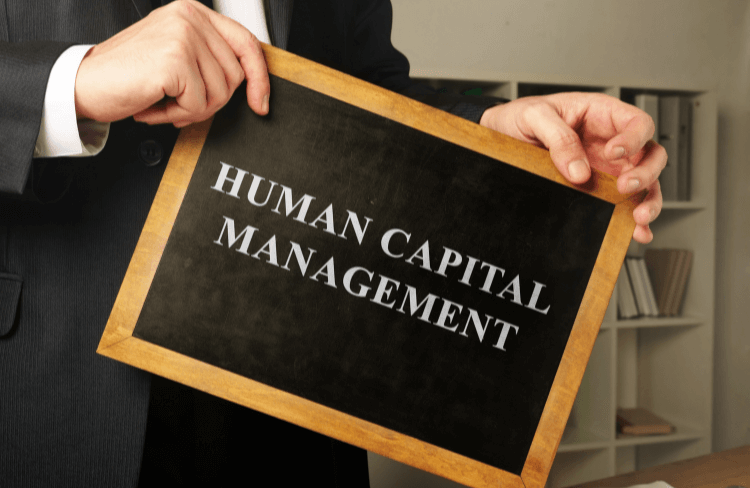
In this section, we’ve listed out 10 HCM platforms – these are the most popular names in the market with powerful features & capabilities.
Workday
Workday offers a unified cloud-based platform that brings together human resources, finance, and planning. Designed to accommodate continuous change, Workday supports global organizations across industries with tools built on machine learning and real-time analytics. Its architecture enables agile decision-making and cross-functional visibility.
Key Features:
- Unified HR and finance data model
- Real-time reporting and analytics
- Talent acquisition and performance management
- Payroll and workforce planning
- Machine learning–driven recommendations
- Multi-currency and multilingual support
Ideal Company Size:
Mid-sized to large enterprises with global operations and complex workforce structures.
Notable Differentiator:
The unified architecture for HR and finance allows leadership teams to make decisions based on a broader organizational view, rather than siloed data.
Integration Ecosystem:
Workday integrates with enterprise platforms, including Salesforce, Microsoft Teams, Slack, and various ERP and ATS systems. Its open APIs and Workday Extend platform support custom development and third-party integrations.
SAP SuccessFactors
SAP SuccessFactors is a cloud-based HCM suite that focuses on end-to-end talent management and workforce optimization. Built to support both standalone use and tight integration with SAP’s ERP suite, it provides tools for workforce planning, learning, and employee engagement. The platform is widely used by multinational enterprises navigating global HR challenges.
Key Features:
- Talent acquisition and onboarding
- Learning and development management
- Workforce analytics and headcount planning
- Performance and goal tracking
- Employee engagement tools
- Native integration with SAP ERP and S/4HANA
Ideal Company Size:
Large enterprises with distributed teams and a need for strong governance, particularly those already operating within the SAP ecosystem.
Notable Differentiator:
Deep integration with SAP’s broader enterprise software suite supports alignment across HR, finance, supply chain, and procurement functions.
Integration Ecosystem:
SAP SuccessFactors connects with SAP Business Technology Platform, Microsoft Office 365, and third-party HR tools. Integration support includes APIs and connectors via SAP Integration Suite.
Oracle HCM Cloud
Oracle HCM Cloud delivers a global HCM solution that spans the entire employee lifecycle, from hiring to retirement. Built on Oracle Cloud Infrastructure, the platform emphasizes scalability, security, and AI-driven insights. It addresses both strategic and transactional HR needs with modules that cover talent, workforce modeling, and operational compliance.
Key Features:
- Global HR and core workforce management
- AI-powered recruitment and onboarding
- Payroll and benefits administration
- Workforce modeling and scenario planning
- HR helpdesk and employee wellness tools
- Compliance and audit tracking
Ideal Company Size:
Mid-sized to large enterprises with requirements for high configurability, global compliance, and secure infrastructure.
Notable Differentiator:
The platform’s use of embedded AI and machine learning supports predictive modeling—for example, anticipating attrition or identifying future workforce gaps.
Integration Ecosystem:
Oracle HCM Cloud integrates natively with other Oracle Fusion applications, including ERP and CX. Additionally, it supports third-party integrations through REST APIs, Oracle Integration Cloud, and prebuilt connectors.
UKG Pro

UKG Pro is a flagship offering from UKG (Ultimate Kronos Group), a global HCM provider known for its emphasis on employee-centric solutions and workplace culture. Designed to support organizations throughout the full employee lifecycle, UKG Pro combines HR, payroll, and talent management in a single cloud platform. The system is equipped with AI-driven insights and offers extensive localization features to support global operations.
Key Features:
- Payroll and tax management
- Talent acquisition and onboarding
- Performance and succession planning
- AI-powered analytics and workforce forecasting
- Employee sentiment and engagement tools
- Benefits administration with self-service enrollment
Ideal Company Size:
Mid-sized to large enterprises with distributed teams and requirements for advanced talent management and compliance support.
Notable Differentiator:
UKG Pro places strong emphasis on employee sentiment and engagement, using AI to assess workforce mood and drive culture-based decision-making.
Integration Ecosystem:
The platform integrates with ERP, CRM, and third-party HR tools, including Microsoft, Oracle, SAP, and Salesforce. UKG also offers integration support via its Developer Hub and API library.
ADP Workforce Now
ADP Workforce Now is a cloud-based HCM solution built specifically for midsize businesses. Backed by ADP’s decades of payroll and compliance expertise, the platform brings together HR, time tracking, benefits, and talent management in one unified system. It supports automation of routine HR tasks while also offering extensive compliance resources and benchmarking tools.
Key Features:
- Payroll and automated tax filings
- Time and attendance tracking
- Benefits administration
- Recruitment and onboarding workflows
- Compliance management tools
- Employee and manager self-service
Ideal Company Size:
Midsize organizations, typically ranging from 50 to 1,000 employees, seeking a balance between automation, flexibility, and compliance support.
Notable Differentiator:
ADP’s compliance engine and legal updates are especially relevant for organizations navigating complex tax codes and labor regulations across multiple states or jurisdictions.
Integration Ecosystem:
ADP Workforce Now connects with hundreds of third-party applications spanning finance, ERP, and productivity tools. Integration is managed through ADP Marketplace and a suite of open APIs.
BambooHR
BambooHR offers a cloud-based Human Resources Information System (HRIS) tailored to small and medium-sized businesses. The platform focuses on delivering a clean, intuitive interface with tools that streamline core HR functions. It supports organizations in 100+ countries and is particularly known for its ease of use, mobile accessibility, and employee-focused features.
Key Features:
- Centralized employee database with self-service access
- Applicant tracking system (ATS)
- Time-off and leave management
- Performance reviews and goal tracking
- Reporting and analytics dashboards
- Built-in e-signature functionality
Ideal Company Size:
Small and medium-sized businesses (typically under 500 employees) looking for a modern, user-friendly HR system with minimal IT overhead.
Notable Differentiator:
BambooHR’s user experience stands out in the SMB segment, offering a lightweight, mobile-first approach that simplifies HR administration without sacrificing functionality.
Integration Ecosystem:
BambooHR integrates with a growing list of third-party tools, including Slack, Gusto, Greenhouse, and Zapier. It also offers open API access for custom connections.
Zoho People
Zoho People is a cloud-based HCM platform tailored to small and mid-sized businesses with growing HR needs. As part of the wider Zoho ecosystem, it integrates with tools for finance, CRM, and collaboration. The platform supports end-to-end HR functions, including onboarding, time tracking, performance management, and employee engagement.
Key Features:
- Learning management system with built-in training
- 360-degree feedback and continuous performance check-ins
- Automated attendance tracking and shift management
- Onboarding workflows and payroll processing
- Engagement surveys, including eNPS and demographic segmentation
Ideal Company Size:
Small to mid-sized businesses, particularly those seeking an affordable, modular platform with essential HR capabilities.
Notable Differentiator:
Zoho People combines affordability and functionality, offering robust features—such as LMS, performance reviews, and engagement tools—at price points suited to lean HR teams.
Integration Ecosystem:
Zoho People integrates natively with other Zoho apps (e.g., Zoho Books, Zoho CRM) and supports third-party platforms like Microsoft 365, G Suite, and Zapier.
Darwinbox
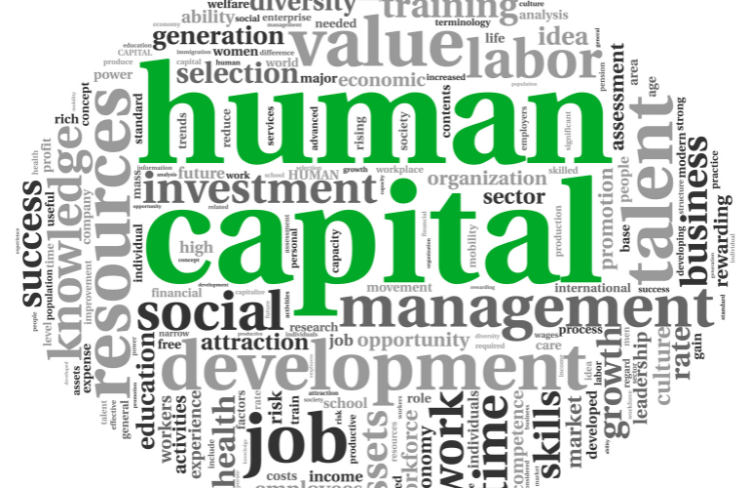
Darwinbox is an enterprise-grade, AI-powered HCM platform designed for agility and scale. The system supports the full employee lifecycle, from hiring and onboarding to performance and payroll, through a mobile-first interface. It caters to organizations across Asia, the Middle East, and increasingly, global markets.
Key Features:
- Time and attendance tracking with hybrid staffing models
- Performance frameworks with multi-rater feedback
- Rewards, recognition, and sentiment tracking
- Compensation benchmarking and workforce budgeting
- Custom analytics dashboards with role-based access
Ideal Company Size:
Mid-sized to large enterprises, particularly in high-growth or distributed environments across APAC and EMEA markets.
Notable Differentiator:
Darwinbox’s mobile-first design and AI-led architecture support both frontline and knowledge workers, making it suitable for industries with diverse workforce structures.
Integration Ecosystem:
The platform offers API-based integrations with ERP, payroll, and productivity tools. It also supports SSO and third-party connectors for ATS, LMS, and finance systems.
PeopleStrong
PeopleStrong offers an AI-powered HCM suite built for large enterprises, with particular strength in the APAC region. The platform spans core HR, talent acquisition, onboarding, payroll, and analytics. Its architecture supports mobile-first access and localized compliance features across multiple countries.
Key Features:
- AI-based candidate sourcing and skill matching
- Onboarding surveys and configurable workflows
- Centralized employee records with organizational mapping
- Self-service payroll and automated payslips
- Compliance assurance with local labor regulations
Ideal Company Size:
Large enterprises operating across multiple geographies, especially in Asia-Pacific markets.
Notable Differentiator:
PeopleStrong’s regional expertise in emerging markets and its mobile-first design make it well-suited for companies expanding into or operating within APAC.
Integration Ecosystem:
PeopleStrong connects with major ERP, ATS, and payroll systems. It also supports open APIs for custom integrations and has partnerships with regional tech providers.
Dayforce
Dayforce offers a unified HCM platform that merges HR, payroll, benefits, and talent into a single data model. Known for its real-time processing and continuous payroll capabilities, Dayforce is used by companies ranging from mid-sized firms to global enterprises. It promotes workforce agility through predictive analytics and embedded compliance support.
Key Features:
- Continuous payroll with real-time calculations
- Workforce and talent management modules
- Benefits enrollment and administration
- Embedded analytics across HR functions
- Employee assistance programs to support wellbeing
Ideal Company Size:
Mid-sized to large organizations requiring seamless payroll, compliance, and workforce insights in a single system.
Notable Differentiator:
Dayforce’s continuous payroll engine processes data in real time, reducing off-cycle adjustments and improving pay accuracy.
Integration Ecosystem:
Dayforce integrates with ERP platforms, tax agencies, and financial systems. It also supports third-party apps via APIs and prebuilt connectors.
Key Considerations When Choosing an HCM System
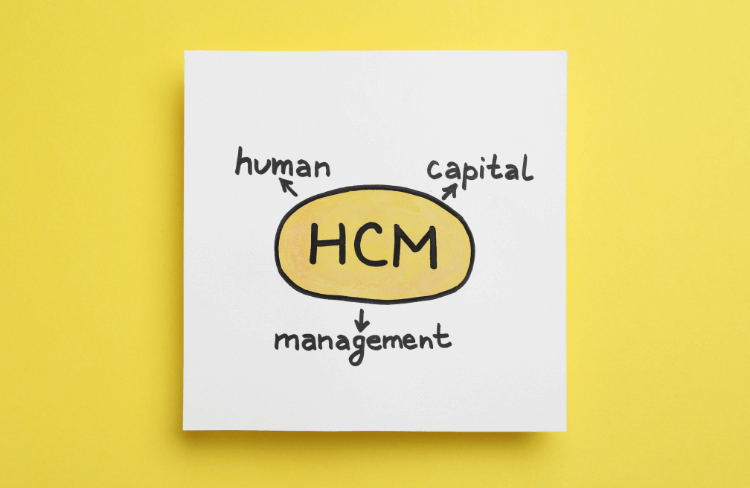
Selecting the right HCM platform involves more than feature comparison. A well-matched system must align with organizational structure, growth trajectory, and compliance needs. Key considerations include:
Functional Fit
Customization and Flexibility: The platform should support configuration to specific workflows, policies, and naming conventions without requiring extensive development. This is particularly important for organizations with unique HR structures or evolving requirements.
Advanced Analytics: Systems with built-in reporting and forecasting tools help HR teams move from reactive to proactive. Look for platforms that offer real-time dashboards, predictive insights, and customizable metrics.
User Experience: A clean, intuitive interface contributes to higher adoption across teams. This applies not only to HR staff but also to employees and managers who interact with the platform for tasks like leave requests or performance reviews.
Mobile Accessibility: With more organizations operating across time zones and geographies, mobile-first capabilities are now standard. Field teams, remote staff, and frontline workers should be able to complete tasks on the go, without relying on desktop access.
Technical Architecture
Integration with Existing Systems: Many organizations already rely on platforms for finance, CRM, or project management. An HCM system must connect seamlessly with these tools to avoid data silos and reduce duplication.
Scalability: The platform should support headcount growth, geographic expansion, and additional modules without performance trade-offs. This is especially relevant for companies planning M&A activity, entering new markets, or shifting to new business models.
Security and Data Privacy: Given the sensitivity of HR data, systems must support role-based access, encryption, and compliance with data protection standards such as GDPR or HIPAA. Cloud-based platforms should have clearly defined protocols for incident response and data retention.
Explore more: HRM vs HCM
Compliance & Governance

Regulatory Alignment: The platform should support labor law compliance across jurisdictions, including wage rules, working hour limits, and tax regulations. This is a core requirement for multinational companies and those in highly regulated industries.
Audit Capabilities: Systems with built-in logging, documentation, and reporting features simplify internal audits and external reviews. This strengthens governance and reduces risk exposure.
Localization Support: Language packs, local currency handling, and region-specific workflows contribute to smoother rollout in global operations. Ensure the platform can accommodate local norms and statutory requirements.
Practices for Efficiently Integrating an HCM Platform
Successful HCM integration depends on more than technical implementation. It requires structured planning, cross-functional coordination, and a clear focus on end-user behavior. Key practices include:
- Stakeholder Alignment Early in the Process: Involve HR, IT, finance, and business unit leaders from the requirements stage. This helps define priorities, identify integration points, and avoid conflicting expectations.
- Data Readiness and Cleanup: Before migration, review and standardize existing employee records, payroll data, and organizational structures. Clean, structured data reduces downstream errors and integration delays.
- Phased Rollout: Launching all modules at once can disrupt operations. A phased approach, starting with core HR and payroll, followed by talent and analytics, helps teams adjust to new workflows gradually.
- Change Management and Training: Adoption often hinges on how well users understand the system. Plan for interactive training sessions, support materials, and internal champions who can address user questions post-launch.
- Integration with Core Systems: Prioritize API-based connections with platforms like ERP, CRM, or identity management. This enables streamlined workflows and reduces reliance on manual data entry or file uploads.
- Ongoing Support and Iteration: Post-launch, monitor usage patterns and feedback. Adjust configurations, update permissions, and introduce new features based on evolving needs.
Enterprise-Ready HCM Transformation, Delivered by GEM Corporation
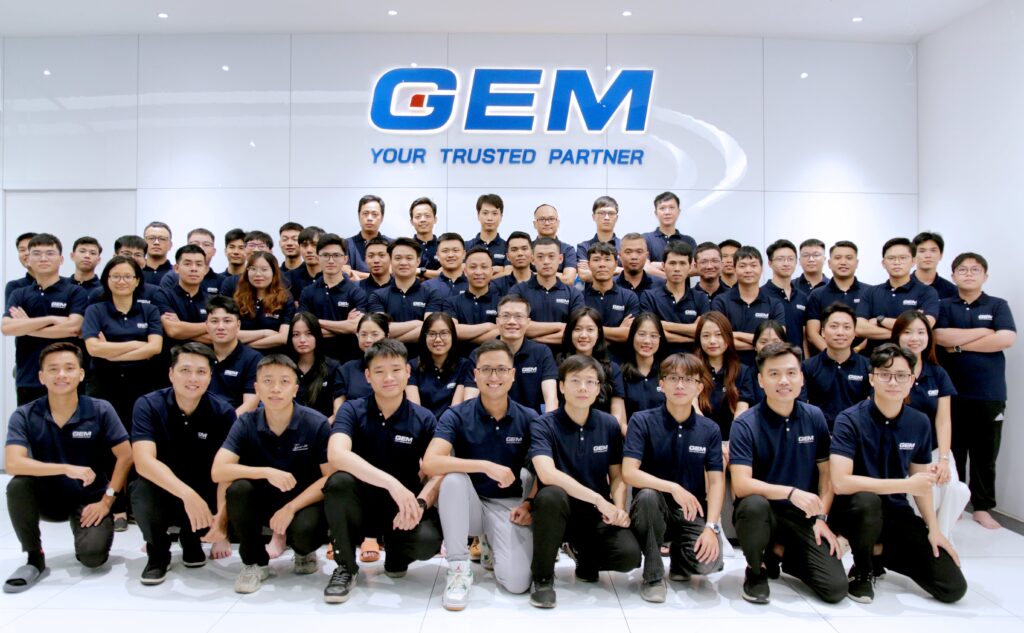
GEM Corporation is a leading mid-sized IT partner specializing in technology solution development, offshore/onshore professional services, and practical Data & AI enablement.
Founded in 2014, GEM has delivered secure, high-impact technologies for Fortune 500 enterprises and empowered successful startups across Japan, Asia-Pacific, and Europe.
With 400+ IT professionals, we operate on a core philosophy of speed, quality, and reliability -where quality is our key differentiator in a market that often compromises it.
Our commitment to excellence is backed by globally recognized standards and partnerships:
- ISO/IEC 27001:2022, ISO 9001:2015, and CMMI Level 3 certified for software development
- ISTQB Gold Partner for Quality Governance
- Official Consulting Partner of Databricks and ServiceNow
For more information:
- GEM Global: GEM Corporation – Professional IT Services And Consulting
- GEM Korea: GEM – 베트남의 전문 IT 서비스 제공업체
- GEM Japan: GEM -ベトナムの専門ITサービスプロバイダ
Conclusion
An HCM platform shapes how organizations structure their workforce, manage complexity, and respond to change. The systems outlined in this list vary in depth, focus, and scale, from unified payroll and compliance tools to modular platforms designed for regional agility. Decision-making depends on integration readiness, workforce models, and operational priorities across markets. A clear understanding of internal workflows and long-term workforce dynamics is central to selecting the right solution.
To map the right HCM platform to your business context, contact GEM.
